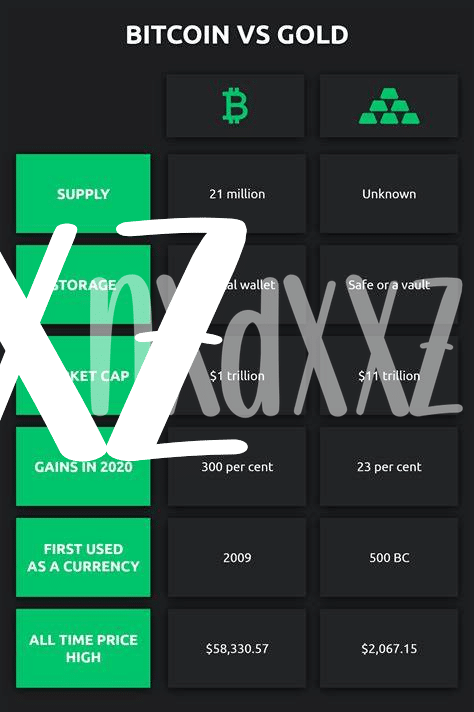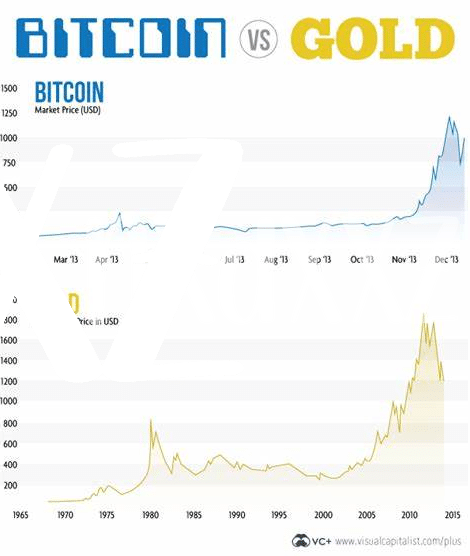The Backbone of Bitcoin Security: Blockchain 🚀

Imagine a digital treasure chest, so secure that no one can open it without the exact right key. That’s what the blockchain does for Bitcoin. It’s like a super secure, public ledger that keeps track of every transaction ever made, ensuring that once a Bitcoin is spent, it cannot be used again by someone else. This ledger is maintained across thousands of computers around the world, making it nearly impossible for hackers to tamper with it. Each transaction added to the blockchain is verified by multiple participants in the network, called nodes, making Bitcoin’s security a team effort. What’s really cool is that this system is transparent; anyone can view these transactions, but your personal info is just a random set of numbers and letters, keeping your identity safe. It’s this innovative blend of transparency and privacy that makes the blockchain such a groundbreaking technology in securing digital assets like Bitcoin.
| Feature | Description |
|---|---|
| Decentralized Control | No single entity has control, enhancing security. |
| Transparency | Transactions are visible to everyone, yet identities remain private. |
| Immutability | Once recorded, the data in any given block cannot be altered without altering all subsequent blocks. |
Unlocking the Vault: How Bitcoin Uses Keys 🔑
Imagine a treasure chest that only opens with a key that you, and only you, have. That’s sort of how Bitcoin works to keep its digital gold safe. When someone owns Bitcoin, they have a special kind of digital key, a secret code that proves they own it and allows them to spend it. This key needs to be kept safe because if someone else gets it, they could take all your Bitcoin. Just like in a treasure hunt, this key unlocks your ability to access and use your treasure, making it both precious and crucial to protect.
Now, because the internet can be a tricky place full of sneaky pirates looking to steal treasure, Bitcoin makes sure your key is super secure. It uses complicated math—called cryptography—to make these keys. It’s like making a lock so intricate that only your key can open it, with billions of wrong keys that won’t work. And if you’re thinking about keeping your key extra safe, check out hardware wallets, the gold standard for Bitcoin security, at https://wikicrypto.news/hardware-wallets-the-gold-standard-for-bitcoin-security. These are like unbreakable treasure chests for your precious digital keys, keeping them out of the hands of internet pirates.
Guarding the Treasure: Bitcoin’s Network Defenses 🛡️

Imagine a digital fortress, where Bitcoin is kept safe, much like a treasure in a castle. This protection comes from a network of computers all over the world 🌍, working together to watch over this treasure. Think of these computers as guards, always on the lookout for suspicious activity. They follow a set of rules to make sure nobody can take the Bitcoin unless they have the proper key. This is crucial because, in the digital realm, security is everything.
The strength of this system lies in numbers. The more guards (or computers) 🖥️⚔️ you have, the harder it is for any intruder to get past them. Each time a transaction is made, these computers check to make sure it follows the rules. This not only keeps the treasure safe but also ensures that everything is fair and square. It’s like having a digital shield that is constantly renewed and reinforced, making it a truly formidable defense against digital bandits.
Insiders’ Game: the Role of Miners in Security ⛏️

Imagine a group of digital locksmiths, diligently working around the clock to keep a treasure safe. This is essentially the role of miners in the Bitcoin ecosystem. Their job is to solve complex puzzles 🧩, a process that not only generates new bitcoins but also verifies transactions and secures the network. It’s a high-stakes game where their effort and computing power translate directly into the strength of Bitcoin’s defenses. Think of miners as the expert guards who ensure that the digital treasure remains out of reach from unauthorized hands.
However, even in this well-guarded environment, security concerns arise, notably the risk presented by insider threats. For a deeper dive into how such risks could impact Bitcoin’s stability and value, check out why do bitcoin prices fluctuate security concerns. This article sheds light on why keeping a vigilant eye on those who mine is as crucial as the mining process itself. As miners hold the keys 🔑 to the kingdom, their integrity and the systems that oversee their activities are pivotal in fortifying the currency’s digital fortress 🏰.
Cracking the Code: Theoretical Attacks and Safeguards 🧩
Imagine you have a super secure vault where all your treasures are stored. Now, picture someone trying to crack the safe’s code to sneak in. In the world of Bitcoin, there are bad actors trying to do just that – they’re the lock-pickers of the digital age, attempting to find weaknesses in the system. But, just like a well-protected vault, Bitcoin has its own shields, making it a tough nut to crack. With complex puzzles that need solving before any changes can happen, Bitcoin keeps its treasures safe from these theoretical attacks.
On the flip side, the community is always on its toes, improving the defenses and coming up with new safeguards to ensure the vault remains impenetrable. It’s like upgrading the security system every time a potential threat is detected. Here’s a handy table summarizing some key attacks and the safeguards in place:
| Type of Attack | Description | Bitcoin’s Safeguards |
|---|---|---|
| 51% Attack | An attempt to control more than half of the network’s mining power to manipulate transactions. | Distributed network and consensus rules make it financially and practically unfeasible. |
| Double Spending | Trying to spend the same Bitcoin twice. | Blockchain technology and network verification prevent this from being successful. |
| Quantum Computing Threat | Future computers might be strong enough to crack Bitcoin’s cryptographic security. | Ongoing research and planned upgrades aim to make Bitcoin quantum-resistant. |
This constant push-pull between potential attackers and defenders ensures Bitcoin remains a digital Fort Knox, safe and sound, while keeping everyone on their toes.
Future-proofing Fort Knox: Bitcoin’s Ongoing Security Evolution 🌐

As the digital landscape evolves, so too does the need for robust security measures in the realm of Bitcoin. Picture a fortress that’s constantly upgrading its walls and defenses in response to newer, more sophisticated threats. That’s essentially what’s happening in the Bitcoin universe. Developers and cybersecurity experts are always on guard, adapting and enhancing Bitcoin’s defenses to ensure it remains a safe haven for digital assets. With advancements in technology, potential vulnerabilities are swiftly identified and patched, making sure that the fortress remains impenetrable. It’s a never-ending cycle of fortification that keeps Bitcoin a step ahead of would-be digital marauders. 🔄🔍💼
Acknowledging the potential for security breaches, the Bitcoin community places immense emphasis on creating an environment where everyone can have peace of mind about their digital treasures. This includes encouraging users to adopt best practices for safeguarding their assets. With resources readily available on secure storage solutions and the ins and outs of Bitcoin mining risks, enthusiasts and newcomers alike can fortify their own corners of this digital Fort Knox. For a deeper dive into keeping your Bitcoin safe and understanding the security considerations tied to Bitcoin mining, take a look at what is bitcoin mining security concerns. This approach not only enhances individual security but also strengthens the network as a whole, ensuring that Bitcoin remains a secure and reliable store of value for the future. 🛠️🔐✨
